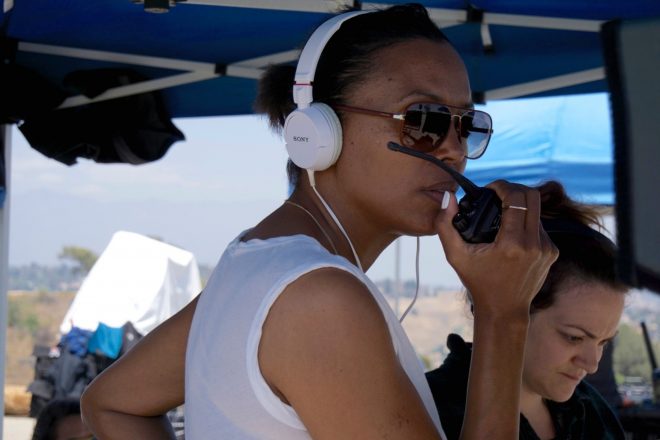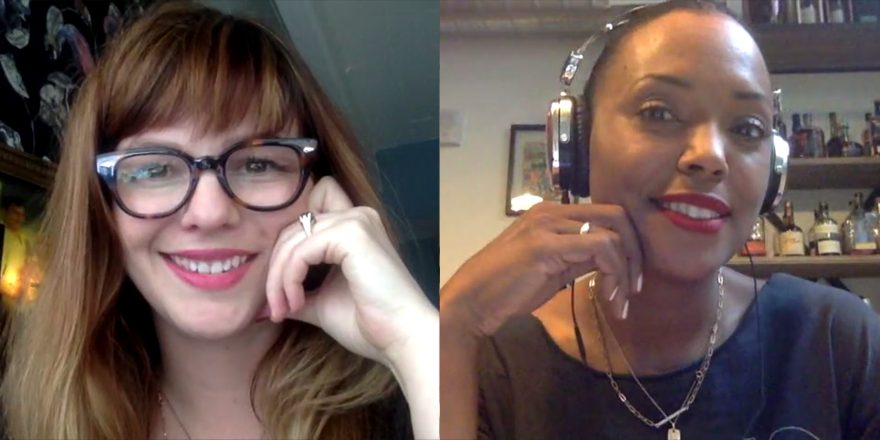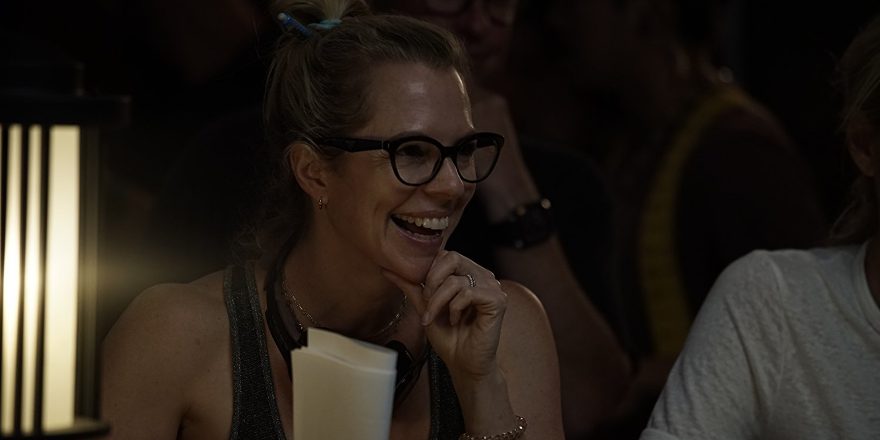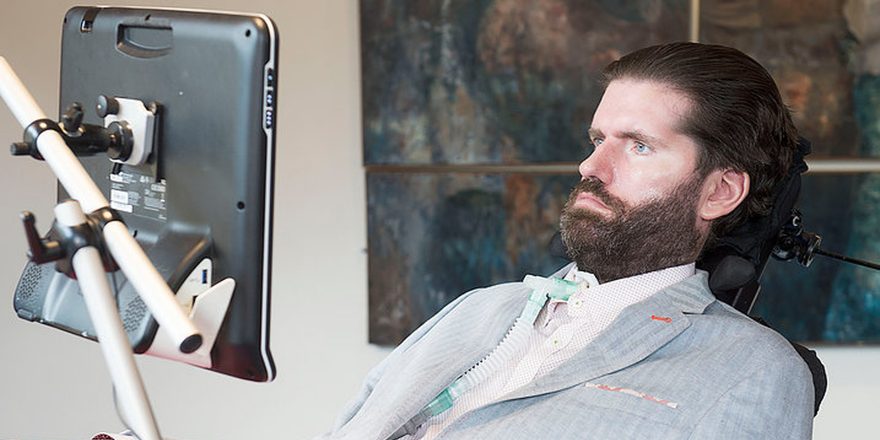Let’s face it — there is no way to truly prepare for every contingency when you make a film. Your crew’s time is limited, your actors’ availability a ticking time-bomb, the schedule is abbreviated and the budget is so tight it feels like someone is punishing you for your actions in a past life. As a filmmaker, you spend as much time managing crises as you do manifesting dreams. The biggest part of the work isn’t basking in the dazzling magnificence of your creation, but defending the perimeters of your precious effort from the slavering barbarians at the gate. So the better you are able to pivot, the more aggressively you prep and build in contingencies and alternatives, the more likely you are to finish your film and have it resemble (somewhat) the movie you set out to make.
But let’s face it – no matter how well you prepare for disaster, the one that occurs isn’t ever the one you prepared for.
In the spring of 2016, a script came to me with a unique premise — an actor, recovering from addiction, works to rebuild his relationships with his loved ones under increasingly difficult circumstances, while driving through Los Angeles in real time. Written by Emmett Hughes, who also played the lead role, Axis was a truly special script — emotional, compelling and strange, with a winding narrative that shifted and transformed as the story unfolded. I thought it was a perfect first film, because the entire movie took place in a single location — a car — and I could control as many other factors as possible.
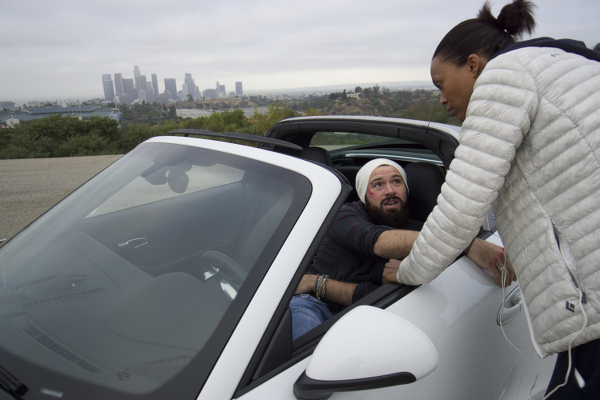
Immediately, however, I decided to make the film even more difficult. In the original version of the script, the film was set at night, and I changed it to day, which would allow me to use all of Los Angeles as a larger, textured, constantly changing set. Axis would now be much more visually dynamic than if it had been set at night. I would have one set, the car, and then a larger, ever-moving, visually captivating second set: the city of Los Angeles. I was going to get way more movie for my money. Ingenious!
It also made the shoot way tougher. We had to plan each day so that our lead actor —the eminently talented and wildly patient Hughes — would be at the same place in his dialogue at the same location in the city at the same time of day, so that light, dialogue and location would dovetail perfectly in post. This wouldn’t have mattered if we were shooting each scene out in a single day, but to make our ambitious shooting schedule — a measly seven days — we had to film the entire movie all the way through every single day — 67 pages of dialogue. After shooting the first act on the first day, about 15 pages, we would shoot the entire second and third acts on three cameras, break down our process trailer, reset the next day with our cameras in three new positions, and shoot the entire 67 pages again. It was a race against time, traffic, and especially, light.
This approach also meant that by the end of those seven days, we’d have no less than 17 camera angles to choose from in post-production. By the third day, we essentially had the entire movie in the can. Maybe not the exact movie I wanted, but a movie nonetheless. This approach was about the most robust plan I could think of for a movie this small and this accelerated. Things were bound to go wrong, but barring force majeure or a Mothra attack, nothing could derail us completely.
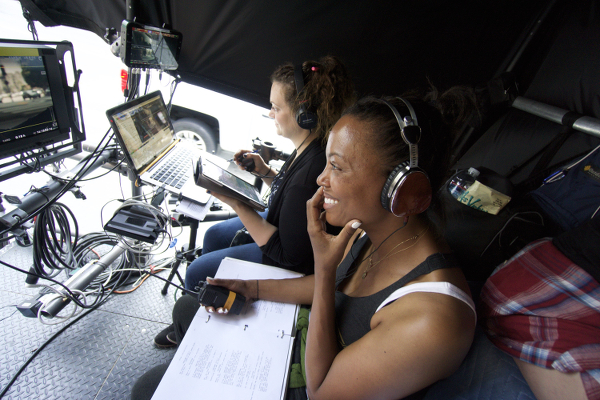
But things did go wrong. Lots of things. Our lead actor got a terrible sunburn on day one. He had applied sunscreen, but after hours in the sun, during which we were rushing to make our day before we were ejected by overzealous, lurking location managers, he sweated it all off and forgot to reapply. He woke up on day two with a very different complexion than he had on day one, and we had to adjust his makeup accordingly. (He later complained of “looking like that lad in Twilight.” We were able to fix it in post.)
On day three, the battery in our picture-car died, leaving the driver’s side window permanently in the down position, which did not match any of the footage we’d captured so far. We had to de-rig the entire process trailer in the middle of whizzing traffic, jump the car and re-rig it again, losing precious minutes of time and light. It took what felt like forever. On another day, we created a mile’s worth of traffic behind our caravan and had to pull over to let irate motorists go by, shaking their fists and squawking obscenities as they breezed past. I smiled beatifically as I guzzled my cold brew. I was making a movie. Nothing could rattle me.
At the end of day six, we lost the light before our work was done. The scene we owed was the emotional fulcrum of the entire film. If we didn’t have it, we didn’t have our movie. I couldn’t get another shoot day out of my crew — I couldn’t afford it. But I was able to get a skeleton crew to agree to return to that location at dawn — just me, our D.P. who operated A camera, our production designer and her assistant, and our lead actor. We shot the scene using dawn for dusk. We were all rested and fresh, the light was luminous, and miraculously it turned out more beautiful than I could have imagined.
We were a tiny movie. Any tiny hiccup could have thrown us off of our game, perhaps permanently. But because of the aggressive way we had prepped Axis, and the tenacity of our crew, for every disaster there was a response. We couldn’t throw money at our problems. All we had was our ingenuity.
One issue did have far-reaching effects. On day two, our very first day driving in the car through L.A., it took a while to rig up our process trailer. These setups were permanent – however we set the cameras that day was the way they would stay until we wrapped that evening. We would be racing the light and traffic and our own bold ambition, and whatever decisions we made that morning would be locked until the sun went down. Unfortunately, we spent so much time contemplating our setup that we hit the road long after our planned start. As a result, we lost the light before we finished the work. And despite our confidence that we could adjust in the edit, when I sat down to cut the movie together, I found that there was no way to make this blue-tinged, inky footage match the golden magic hour images we had captured during the rest of the photography.
In the end, I had to throw it all out. An entire day’s work into the digital trash. Bloop.
Which, again, might have been catastrophic for any other movie. It would have required reshoots, additional funds, an extension of the post-production period, a delay in release. But I still had 14 angles left to choose from. In the end, I didn’t miss that footage at all.
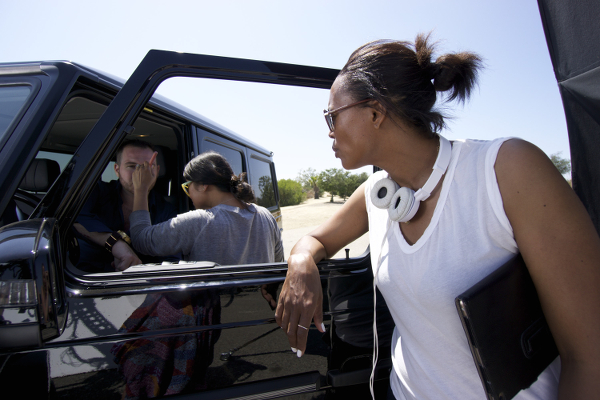
I can’t say that the approach we took would work for your film. It’s rare that you have a movie where you can shoot the entire script all the way through, with just a single actor on screen, and few other considerations (locations, property, players) to address. But if you are working quickly and with limited resources, be innovative, and aggressive. Don’t be afraid to ask your crew, above and below the line, to step beyond their comfort zone and do something they’ve never done before. For the actor, and for the rest of us, shooting this film all the way through every day meant that every day we got a new bite at the same apple, and a new opportunity to do something extraordinary — to take what we learned the day before and apply it to the new day’s work.
People want the work they do to be great, and if they’ve signed on to an independent film, they know they’ll have to do great work with and for very little. Creativity, aggression and ingenuity can help ensure that the result will outstrip anything you dreamt of when you started out. Do whatever you can to create space for yourself and your team to be as inventive and nimble as possible. The more you are able to absorb the inevitable speed bumps that crop up during production, the better you will be able to focus on making something truly extraordinary.


